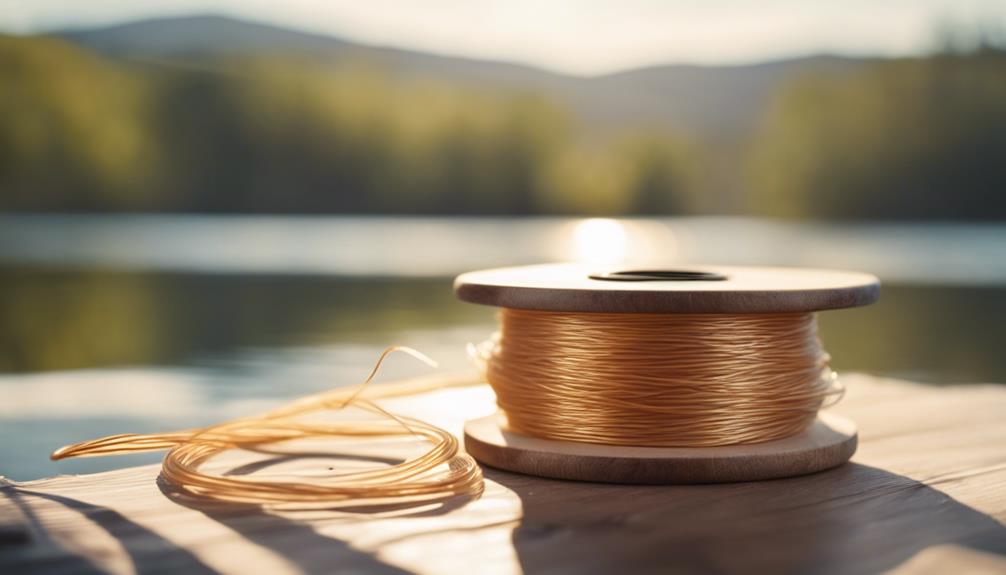When it comes to fly fishing, having the right gear is essential for a successful and enjoyable experience. One of the most crucial pieces of equipment is the fly fishing rucksack. This versatile pack not only carries your essential gear but also helps you stay organized and comfortable on the water. In this comprehensive guide, we will explore all aspects of fly fishing rucksacks, including what to look for, the types available, and top recommendations to enhance your fly fishing adventures.
Understanding the Importance of a Fly Fishing Rucksack
A fly fishing rucksack serves as a fundamental tool for anglers, designed to accommodate various fishing essentials while providing easy access to your gear. Unlike traditional backpacks, these rucksacks are specifically tailored for the unique needs of fly fishing enthusiasts. With ample storage, specialized compartments, and thoughtful designs, a good fly fishing rucksack allows you to keep your flies, tools, and personal items organized and within reach, enhancing your overall fishing experience.
Key Features to Look for in a Fly Fishing Rucksack
When selecting a fly fishing rucksack, several important features should guide your decision. First and foremost, look for ample storage capacity. A rucksack with multiple compartments and pockets will help you organize your gear efficiently. Additionally, consider the material; waterproof or water-resistant fabrics are essential for protecting your gear from the elements. Comfort is also vital—choose an adjustable harness system and padded back support to ensure you can carry your rucksack comfortably for extended periods. Lastly, check for added features like rod holders, hydration reservoirs, and external attachment points for even greater functionality.
Types of Fly Fishing Rucksacks: Which One is Right for You?
There are various types of fly fishing rucksacks available, each catering to different fishing styles and preferences. The most common types include day packs, chest packs, and sling packs. Day packs are ideal for longer trips, offering more storage space and comfort for carrying extra gear. Chest packs, on the other hand, are smaller and provide quick access to essential items, making them suitable for short outings. Sling packs offer a blend of both options, allowing you to easily swing the pack around for convenient access while still providing ample storage. Consider your fishing habits and choose the type that best fits your needs.
Top Brands and Models of Fly Fishing Rucksacks
When it comes to purchasing a fly fishing rucksack, several brands stand out for their quality and design. Some of the most reputable brands include Orvis, Simms, and Patagonia. The Orvis Recon Rucksack is a popular choice, featuring a durable design, ample storage, and an ergonomic fit. Simms also offers the Dry Creek Z Backpack, which is waterproof and designed for demanding conditions. Patagonia’s Black Hole Rucksack combines functionality with eco-friendly materials, appealing to environmentally conscious anglers. Researching and comparing models will help you find the right rucksack that meets your specific requirements.
Tips for Organizing Your Fly Fishing Rucksack
Effective organization is key to maximizing the functionality of your fly fishing rucksack. Start by categorizing your gear; keep your flies, tippets, and leaders in separate, labeled compartments. Use small tackle boxes or zip-lock bags to prevent tangling and damage. Consider using a fly patch on the exterior of your rucksack for easy access to your favorite flies. Additionally, pack heavier items at the bottom for better weight distribution, and ensure that frequently used items are easily accessible. By implementing these organizational strategies, you can streamline your fishing experience and minimize frustration.
Maintenance and Care for Your Fly Fishing Rucksack
To extend the lifespan of your fly fishing rucksack, proper maintenance and care are essential. After each fishing trip, make sure to clean your rucksack to remove dirt, sand, and saltwater that may have accumulated. Use a damp cloth and mild soap to wipe down the exterior and interior compartments. If your rucksack is waterproof, periodically check the seams and zippers for wear and tear, and apply a waterproofing treatment if necessary. Store your rucksack in a cool, dry place when not in use, and avoid leaving it in direct sunlight for extended periods. Following these care tips will help you protect your investment and ensure it remains in top condition for years to come.
The Benefits of Investing in a Quality Fly Fishing Rucksack
Investing in a high-quality fly fishing rucksack pays off in many ways. A well-designed rucksack not only enhances your fishing experience but also increases your efficiency on the water. With a durable and functional rucksack, you can carry all your essential gear without feeling weighed down. Additionally, many quality rucksacks come with warranties, assuring you that you are making a wise investment. Ultimately, a reliable fly fishing rucksack can make all the difference, allowing you to focus on what truly matters: enjoying your time on the water and reeling in that trophy fish.
Conclusion: Enhance Your Fishing Experience with the Right Fly Fishing Rucksack
In conclusion, selecting the right fly fishing rucksack is an essential part of preparing for your fishing adventures. By understanding the key features, types, and brands available, you can make an informed decision that best suits your needs. Remember to prioritize organization, maintenance, and care to maximize the longevity and functionality of your rucksack. With the right gear at your side, you can enhance your fishing experience and ensure that every trip to the water is enjoyable and productive. So gear up, head out, and make the most of your fly fishing excursions with a trusted rucksack by your side!
